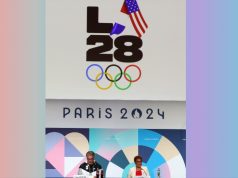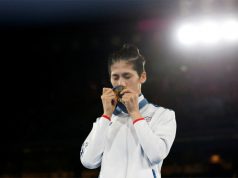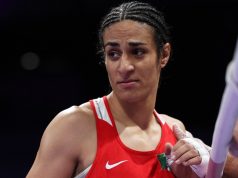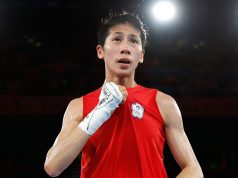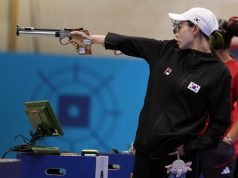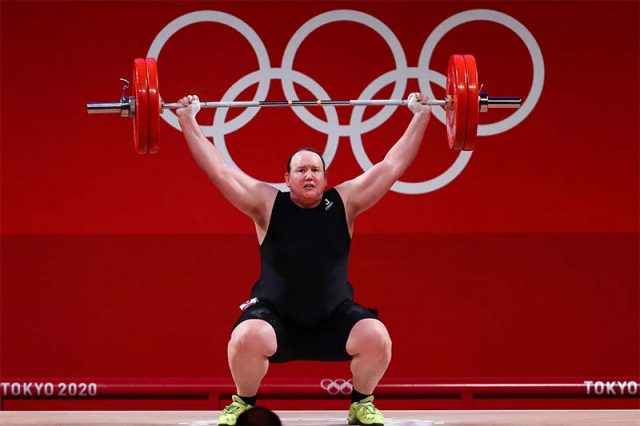
The International Olympic Committee (IOC) said on Tuesday that no athlete should be excluded from competition on the grounds of a perceived unfair advantage due to their gender as it released a new framework on transgender inclusion.
The governing body, however, added that it was not in a position to issue regulations that define eligibility criteria for every sport, leaving it up to federations to determine if an athlete was at a disproportionate advantage.
“The framework is not legally binding. What we are offering to all the international federations is our expertise and a dialogue, rather than jumping to a conclusion,” said IOC director of the athletes’ department Keveh Mehrabi.
“This is a process that we have to go through with each federation on a case by case basis and see what is required.”
The 10-point document, which was prepared over the course of two years in consultation with more than 250 athletes and other stakeholders, will be rolled out after the Beijing Winter Games next year, replacing the guidelines issued in 2015.
The new framework also moves away from the old policy that said transgender athletes would be allowed to compete provided their testosterone levels were below a certain limit for at least 12 months before their first competition.
“You don’t need to use testosterone (to decide who can compete) at all. But this is guidance, it’s not an absolute rule,” said IOC medical director Richard Budgett.
The new framework comes just months after New Zealand weightlifter Laurel Hubbard in Tokyo became the first transgender athlete to compete at the Olympics Games.
The IOC also said sex testing and “invasive physical examinations” used to verify an athlete’s gender were “disrespectful” and “potentially harmful”.
“We really want to make sure that athletes are not pressured or coerced into making a harmful decision about their bodies,” said Magali Martowicz, IOC head of human rights. —Reporting by Dhruv Munjal in Bengaluru; Editing by Ken Ferris




